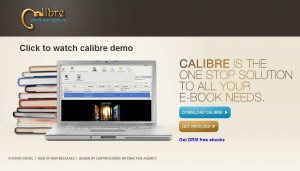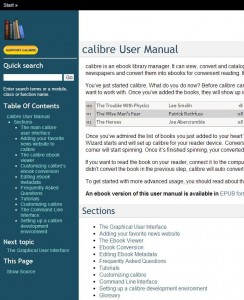Unless you’ve been living under the proverbial rock, you’ve encountered an e-book reader somewhere. Virtually every mobile device these days has e-book capability. Sure, there are some pure readers such as the Kindle or the Nook, but smart phones and the many types of tablets, pads and pods can also be used to read them. We started out using our iPod then a Playbook and how we use our Nexus 4 smart phone. You can, of course, use your laptop or desktop computer to read e-books as well.
Each device has its own e-book format. When you download a book from a major site, it is often sent directly to your licensed device. Because of this you may never know what format they’re in. A format is something akin to a language. Some people speak English, others speak French, right? A device that can read one type of e-book format usually cannot read any other type. As long as you know which format your device uses, you’re home free, at least as far as getting new books on it. Here’s a guide to the formats:
Comparison of e-book formats on Wikipedia
As each device uses a different e-book format, there are also many different ways to get a book onto these readers. Some use a simple and easy drag-and-drop process while others, the iPod for instance, can be fairly difficult to figure out. What to do? Well, you could read the manual that comes with your device or you could use a free bit of software to help you.
Calibre is an e-book manager. It handles all of your cataloguing and format switching needs, something similar to the way iTunes handles most people’s music libraries. As with all software that we mention here on Computers Made Simple, Calibre is free. Here’s the link:
Calibre E-book Manager It’s quite a large download, about 80 megs, so it might take a while, depending on your bandwidth.
While Calibre manages all of your e-books, it can also be used to read those books on whatever computer where it’s installed. The best part of it, though, is its ability to convert an e-book from one format to another. This allows you to download a book in any format then switch it to the format that matches your device. Alternatively, you can put the same e-book on several of your devices, even if each one uses a different format.

Once Calibre is installed, and it takes a bit longer than normal, it will offer to locate and catalogue every e-book on your computer. After that, everything is essentially in one place, even if the books are in different folders. We aren’t going to go into the actual workings of this powerful program but we will say that its help manual is one of the best we’ve ever seen. The manual itself is online but it’s a click away and is very comprehensive. Here’s a screenshot:

If you haven’t tried an e-book yet, we’d suggest that you give it a try. Gone are the days of squinting to read fine print (just increase the typeface size) and trying to decide which book to take on your vacation (take them all! Our iPod has 653 books on it now). We’re not going to tell you that reading an e-book is as satisfying as cuddling up with a real book on a rainy day. It isn’t, it’s just different. In the same way that watching a movie in a theatre is a different experience than watching it at home, e-books have their place, just as real books do. Give them a shot and we think you’ll agree that they have their place all of their own in our lives today.
Finally, not all e-books cost money. There are many free sources for them on the Internet. We’ll do a whole post on this at some point in the future. Many classic books, titles such as Tom Sawyer for instance, are completely free to add to your device and read in your spare time. There are enough classics out there to keep you entertained for years. By the way, none of them are as heavy to carry around as Middlemarch was back in university!
Thanks for reading. We love comments, questions and suggestions so get busy and ask us something, even if it doesn’t pertain to this post. Like us on Facebook and we’ll like you! Here’s the link: Computers Made Simple on Facebook
